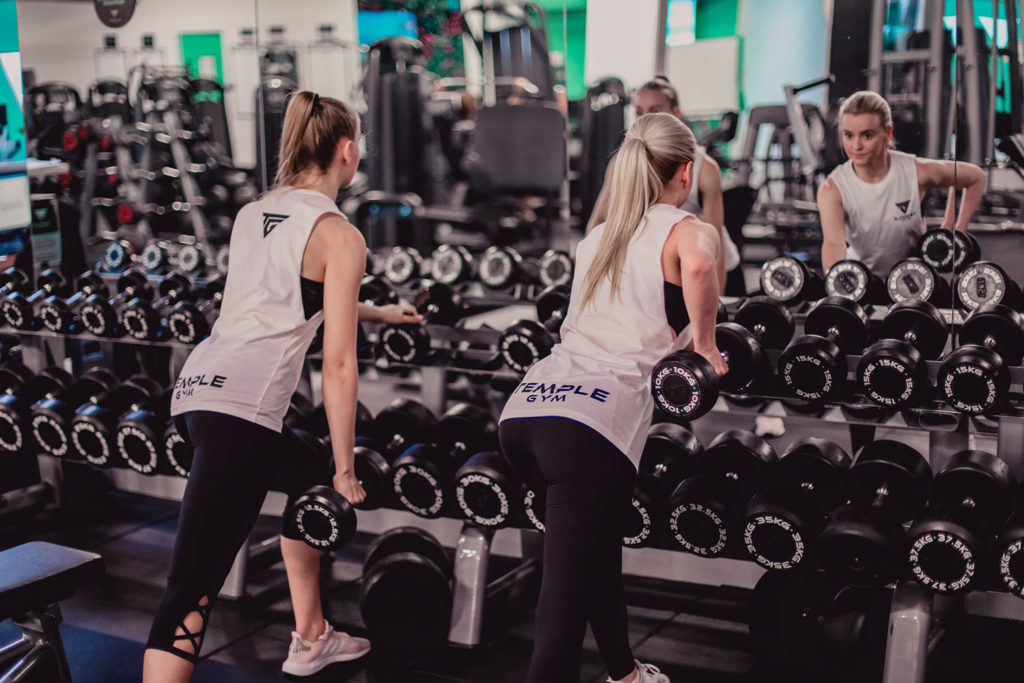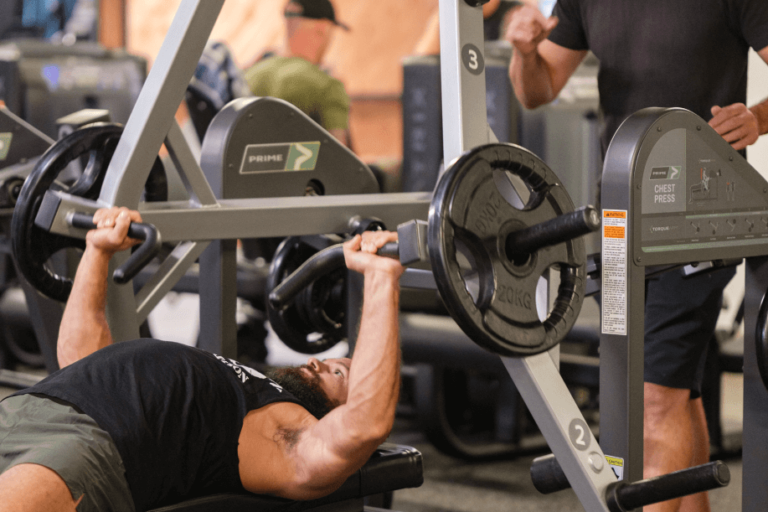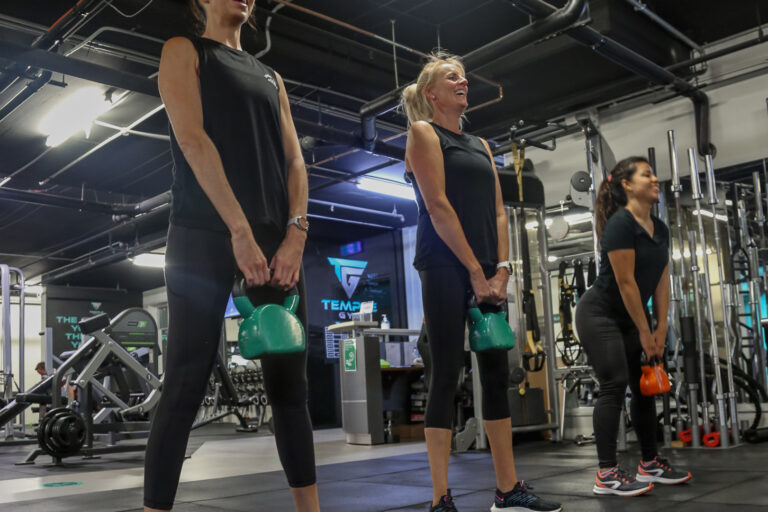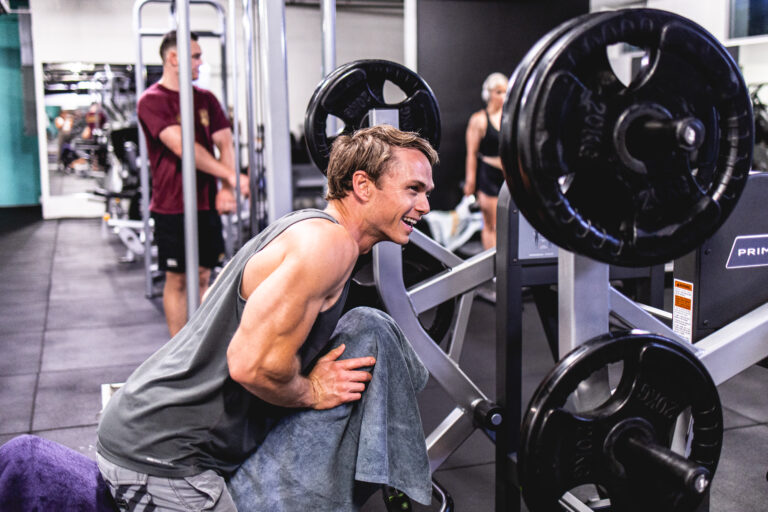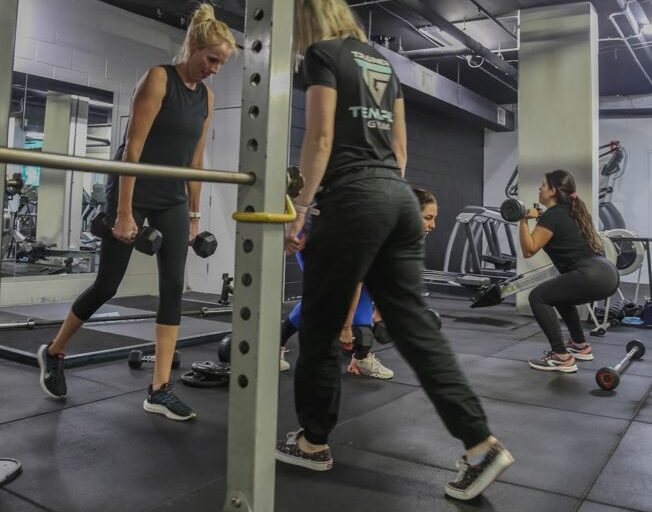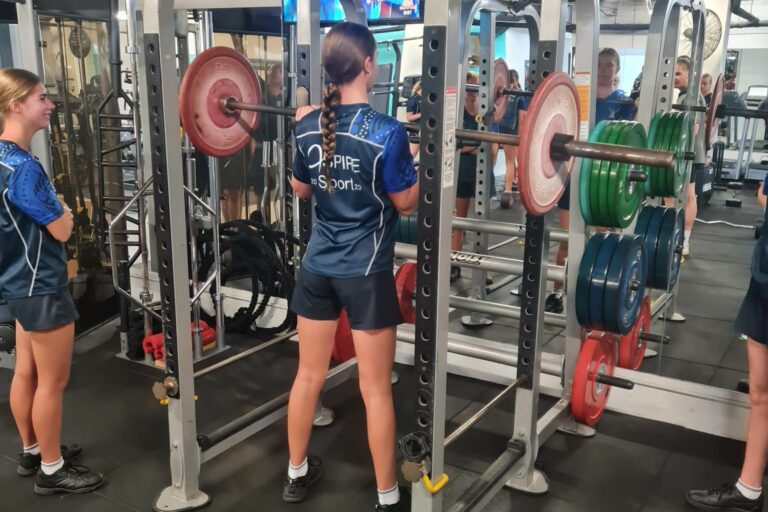“Ever feel like when you walk in the gym and begin your gruelling training regime that you don’t seem to be getting anywhere? ”
Do you feel like you’re just repeating the same thing over and over again- the same reps, the same amount of sets, the same exercises, the same movement range?
Do you feel that you’re just getting more and more fatigued in your training that you tend to lose motivation, lose focus, and lose all hope in ever progressing?
Well, I see your problem here.
Your training does not seem to incorporate the concept of VARIATION, either in the intensity, volume, range-of-motion… I could go on! Your body has adapted to your current way of training. I can predict that when you first started training, you felt sore, tired and aching all over. But over the course of your training, your body adapted to the stimulus and stress of your training that you became stronger, fitter, more agile, etc. You were in awe of what you were able to achieve but continued doing the same thing…because it worked. Ah-ha! This is where things begin to plateau. And believe it or not, there is an easy way to fix this problem…Periodization.
Periodization is a way of planning your training and involves progressively cycling specific phases/blocks of your training, depending on what your goals are. This is a great way to add variation to your training without thinking too much (unless you’re an athlete, then this is a whole new level/type of periodization).
So how can you phase/block-out each week of your training into weekly blocks?
Well, first you do not want to get too carried away with your training and head straight to the big-boy weights! You have to build a foundation before you progress there. After all, you have to learn to walk, before you can learn to run, right? Generally speaking each week/block can be divided into these phases:
- Anatomical Adaptation – building the foundations of training and exercise, adding stability to your joints and supporting structures.
- Muscular Hypertrophy/Progressive Overload – building muscular mass and size, increase storage capacity of muscles.
- General Strength– increase contractile links in the muscle tissues to be able to lift at a higher intensity…getting strong!
- Specific Strength– building strength catered toward the preparation of the body in the range-of-motion of the particular sport or activity.
- Active Rest– decreasing the intensity of your training to allow your body to recover. This could also involve working on stability, changing up the tempo/rest time, range-of-motion, etc.
How can your periodise your training without thinking too much, you ask? Keep a look out of for Part 2 as I will be discussing one Periodization model that will make training easy to track, and lead to the gains you’ve always wanted!
Stay tuned, folks!


